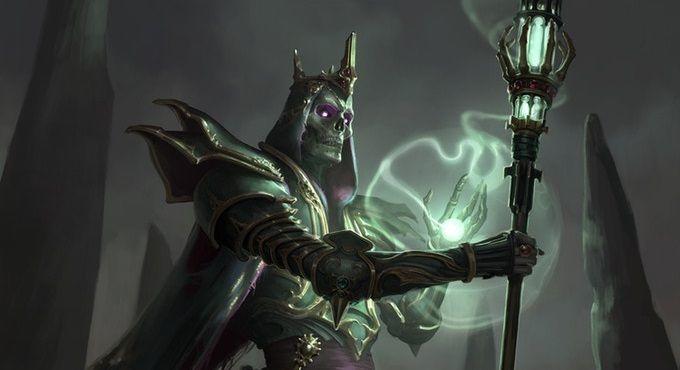Alzrius
The EN World kitten
A little over three years ago, it looks like:I feel like this had come up in PF or something.
Pathfinder 2E Thread 'Paizo drops use of the word phylactery'
Paizo has discontinued the use of the word "phylactery" in its Pathfinder publications due to the word's origins as an item used in real-world religious customs.
I wish there was a better name than “soul cage”

Pathfinder Drops Phylactery From In-Game Terminology
Paizo has discontinued the use of the word “phylactery” in its Pathfinder publications due to the word’s origins as an item used in real-world religious customs. In the most recent chapter of Strength of Thousands, Pathfinder 2E’s current Adventure Path, Paizo noted that it would use the phrase...
- darjr
- Replies: 647
- Forum: *Pathfinder & Starfinder



